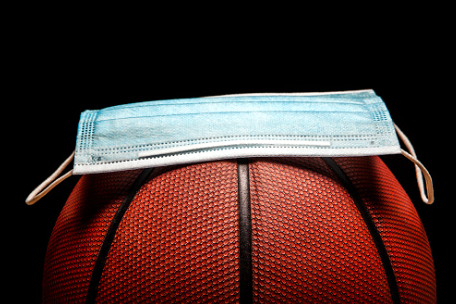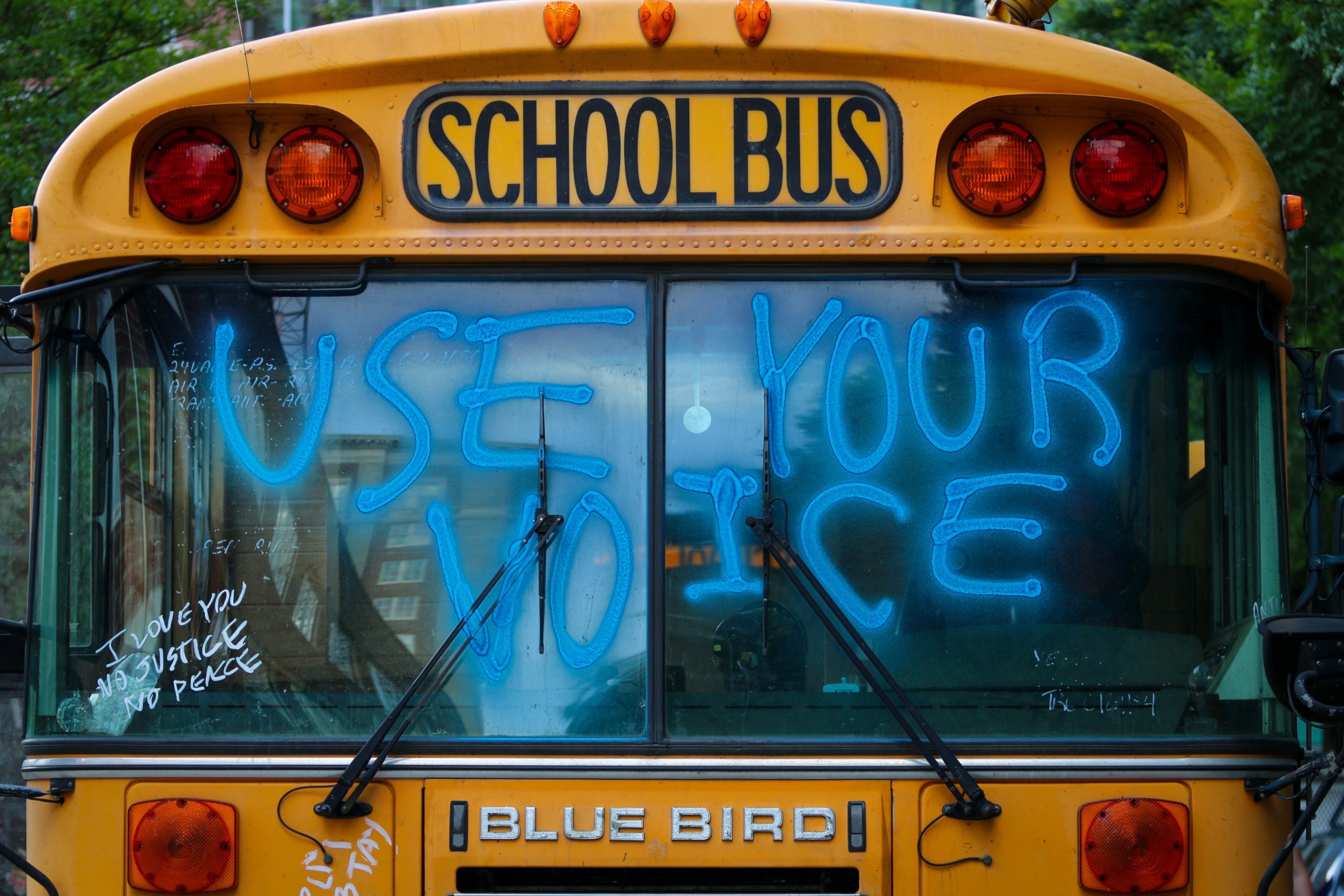By Austin Koneski
Empty events, social distancing, and the uncertainty of COVID-19 have seen a lasting impact on local community sports throughout the entire United States of America since Mar. 2020.
The COVID-19 pandemic has effected every area in local communities, but one of the biggest impacts has been the scenes and processes of sports ranging from youth to college.
The pandemic has made it difficult for friends and family due to the inability of attending certain sporting events. This can be especially problematic if they are dealing with a young athlete.
However, in addition to these problems, there are mental health related issues due to COVID-19 and sports. For example, the University of Wisconsin’s School of Medicine did a study about mental health on 3,000 Wisconsin high school athletes.
According to the study, 65% of them reported anxiety while 68% reported symptoms of depression. It also stated there was a 50% reduction of physical activity.
It can be concluded that mental health in relation to high school athletes is tied to whether they can play local sports. This is problematic with the current environment of high school and college sports.
The uncertainty of knowing who may play and whether the games will be played is a major issue for coaches and players country-wide.
Vincent Turner, Delta College’s men basketball coach, has seen these effects firsthand when it comes to his season. The preparation of each game can be impacted due to these factors.
“It makes it so hard to prepare because you literally do not know if you will have certain players or not,” Turner said. “It’s hard to game plan because different players have different abilities.”
Turner then went on to give a detailed example of game-planing. “For instance, I may have to play with all guards and go up-tempo, or if I am short guards, slow the game down and go inside with bigs.”
The coaching aspect has been fit hard with COVID-19 for that very reason. Their jobs are made harder due to the uncertainty of who may play, who may not play, and who is playing for the other team.
However, even some of the sports with the least of issues with COVID-19 have seen shifts in the way they operate.
Tennis may not be a sport where COVID-19 may see it’s biggest impact, but it still has a lasting effect on students who are unaware if they will have practice or told they have been a close contact.
Samuel Soyza, a tennis player at Frankenmuth High School, has seen differences in the way matches play out and how the interactions between others players transpire.
“One real difference from a normal year of tennis is the fact that we had to use different balls while serving,” Soyza said. This is done in case COVID-19 is transmitted via the ball.
Soyza also noted another difference that many sports face in current times. “Another change is how we can not shake our opponent’s hands before and after a match.”
This has been done through many sports due to sportsmanship for a very long period of time, but the risk of transmission has halted the greetings.
With the end of the COVID-19 pandemic nowhere in sight, these will be issues that continue in local community sports. Young athletes’ ability to develop will be impacted while others live under more stress and uncertainty.
The fight to end the pandemic rages on and while sports are not the biggest priority, the futures of young Americans may look drastically different than they would have looked before 2020.
There is no way to determine what the long-term impacts will be on sports within communities, but it is bound to see effects that will be long lasting.



